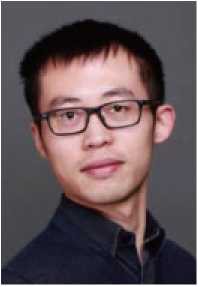Tian Xie1
1Microsoft Research AI4Science, Cambridge, CB1 2FB, United Kingdom
EXTENDED ABSTRACT: In the past decade, high throughput computational materials discovery has made a significant impact in materials design. Many novel materials are first identified by computation and then verified in experiments, impacting areas like batteries, catalysis, carbon capture. However, it is widely accepted that only a small fraction of materials is known experimentally or computationally. Finding breakthrough materials with unique properties required by target applications demands us to rethink today 5s screening-based paradigm. In this talk, I will overview the challenges and progress in exploring unknown materials with ab-initio calculations. I will discuss how data-driven approaches can mitigate these challenges and why generative modeling provides a unique opportunity. I will also highlight our crystal diffusion variational autoencoder (CDVAE) as the first SE(3) equivariant generative model fbr periodic crystals and discuss future challenges. Keywords: machine learning, high throughput,
REFERENCES
[1] Xie, et al. "Crystal diilusion variational autoencoder for periodic material generation.'* International Conference on Learning Representations (ICLR), 2021.

Tian Xie is a senior researcher at Microsoft Research AI4Science. He leads a team that aims to accelerate computational materials discovery combining deep learning and large scale simulation. Before joining Microsoft, he was a postdoc in the Computer Science and Artificial Intelligence Laboratory (CSAIL) at MIT, co-advised by Tommi Jaakkola and Regina Barzilay. He got his PhD in Materials Science and Engineering at MIT in 2020, advised by Jeffrey C. Grossman. He got his BS in Chemistry at Peking University in 2015. During his PhD, he also worked as research interns in the DeepMind Science team and Google X. He has broad interest in deep learning methods like geometric deep learning, generative models, as well as solving real-world materials design challenges fbr sustainability. He developed several well-known algorithms, like CGCNN, CDVAE, which are widely used to accelerate materials design and result in the experimental discovery of several new materials.